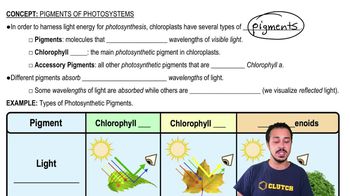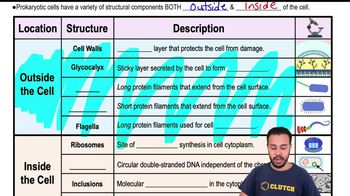You could identify an unknown bacterium by all of the following except
a. hybridizing a DNA probe from a known bacterium with the unknown’s DNA.
b. making a fatty acid profile of the unknown.
c. specific antiserum agglutinating the unknown.
d. ribosomal RNA sequencing.
e. percentage of guanine + cytosine.




